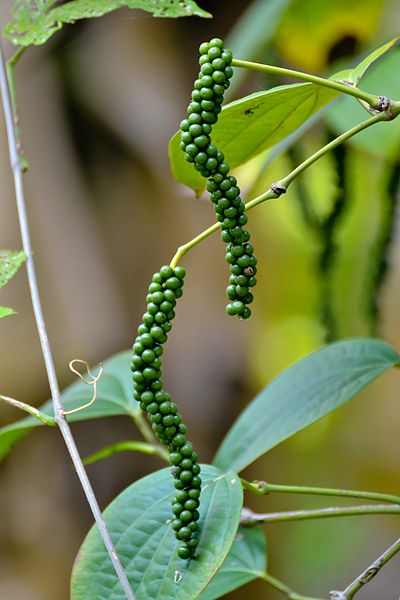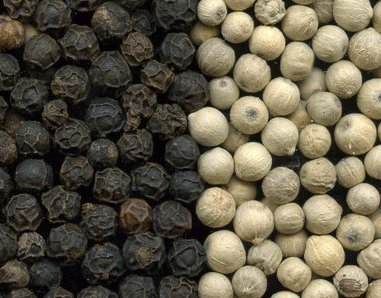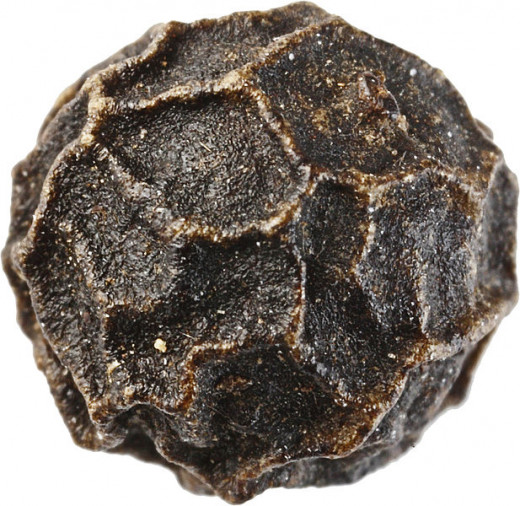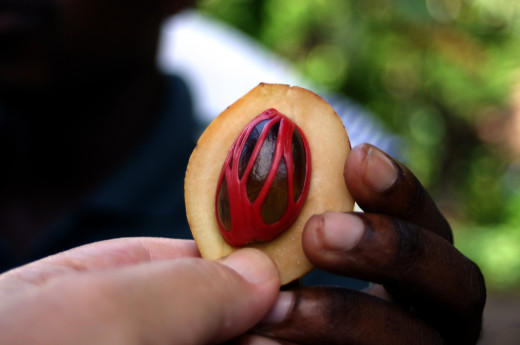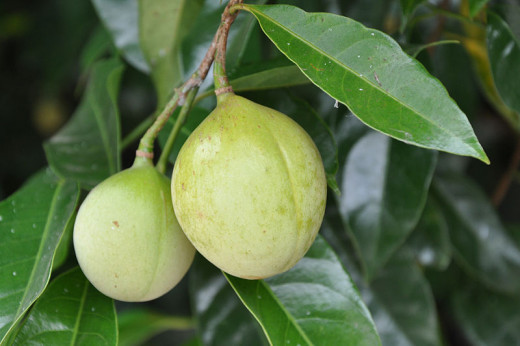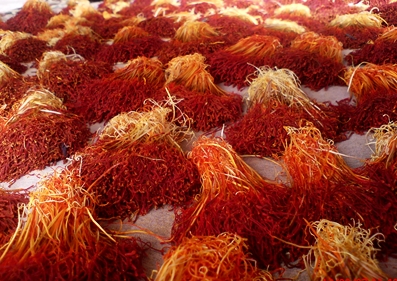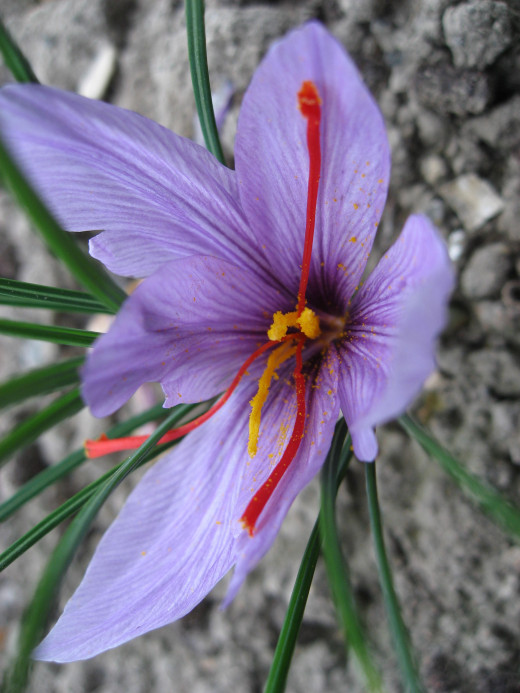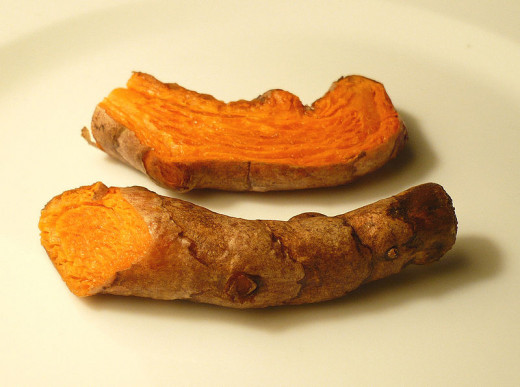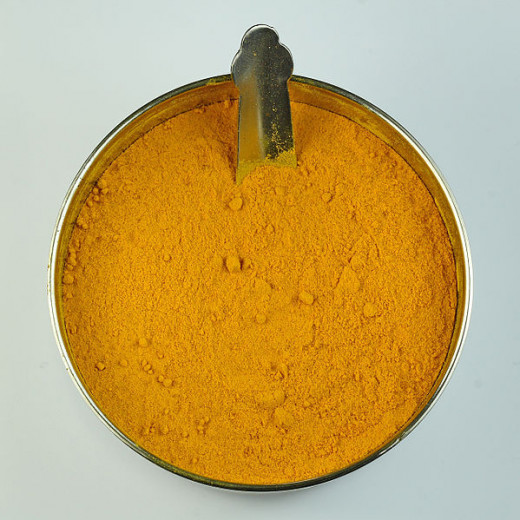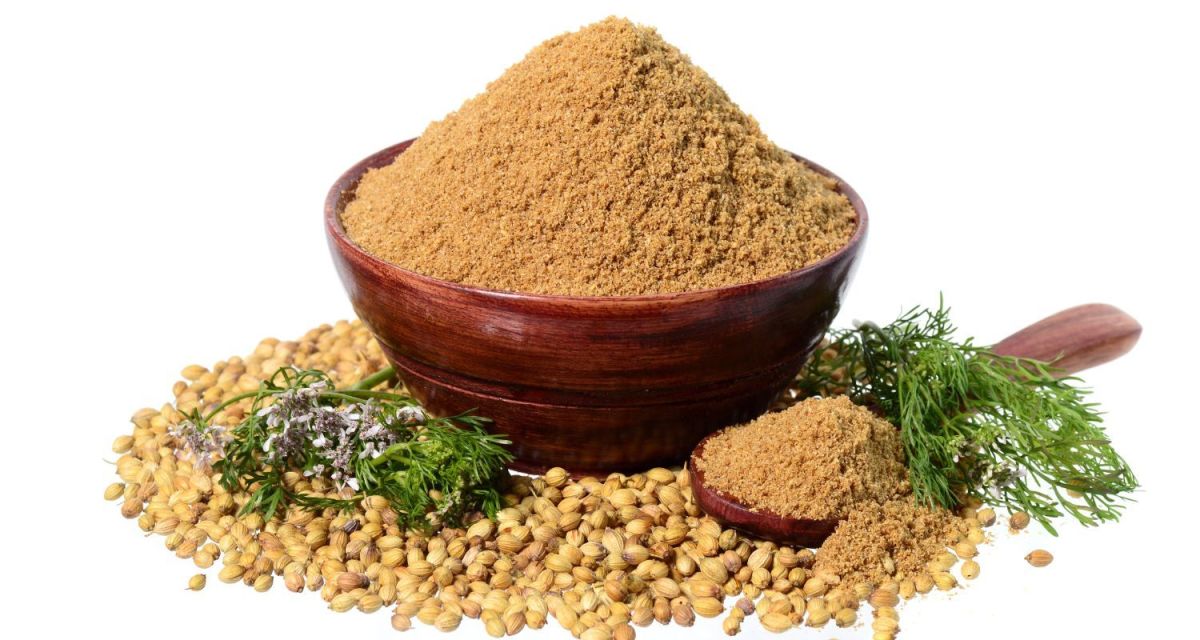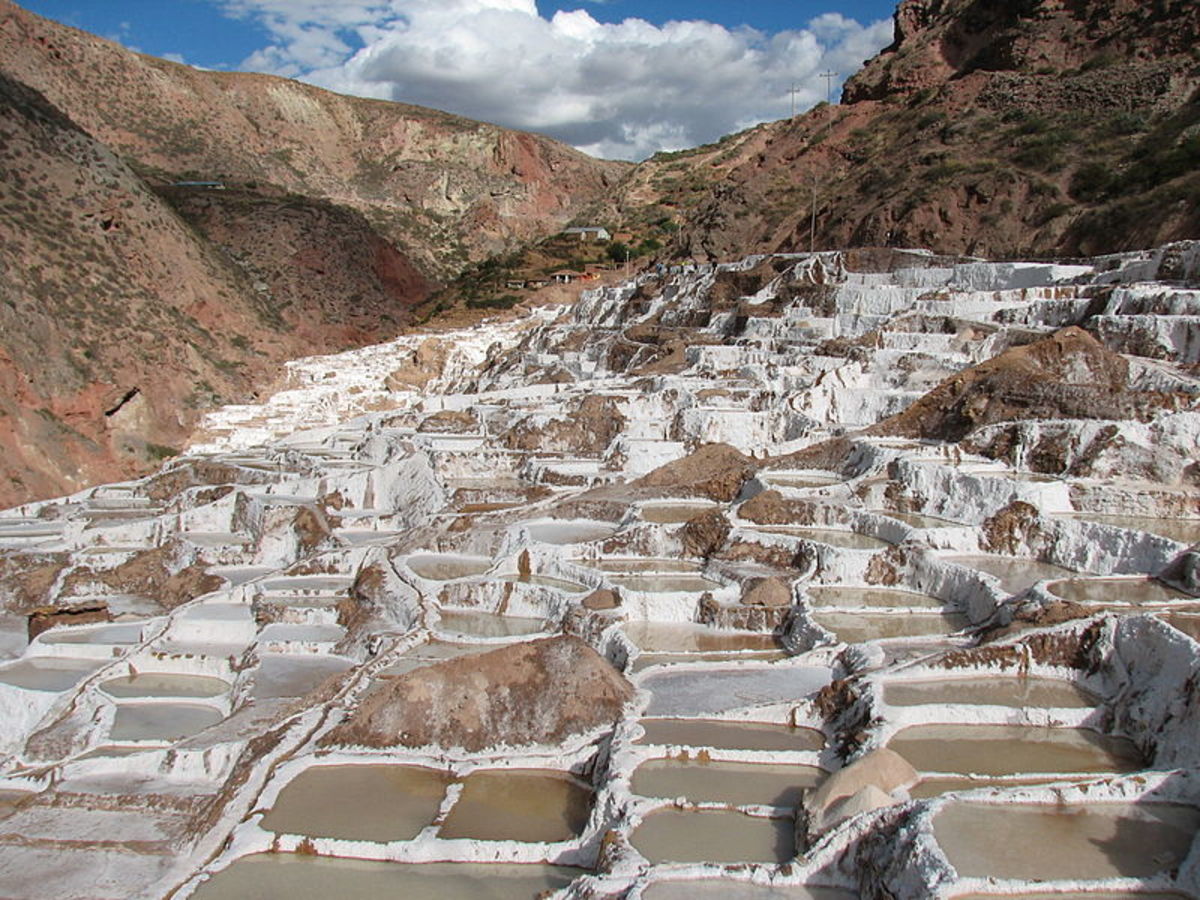Facts About Spices
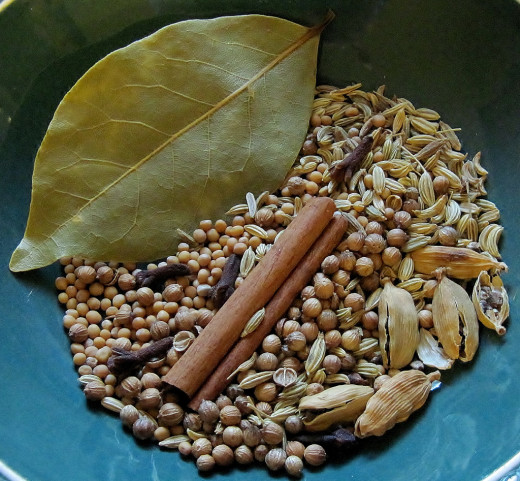
Spices and World History
Various spices are now taken for granted, we eat highly spiced food everyday and would not consider cooking a meal without the use of pepper, and probably commercially available convenient spice mixes. However, in the past, spices were expensive commodities, available to only the very rich, and played an important role in world history.
Spices come from many parts of plants, from dried fruit and seeds, to flower buds, roots and rhizomes, to the bark and even stigma of flowers. Traditionally food in tropical countries was more highly spiced, many people think that this was to disguise meat that had gone off. However, that is unlikely to be true, although the fact that many spices have antibacterial properties might well have played a part.
The most probable explanations is the fact that many spices are native to hot countries.
The fact that spices like pepper could only be found in countries like South Asia, but were in huge demand by European aristocrats, made trading in them hugely profitable. In ancient and medieval times, the spice trade routes depended on land transport by Arab traders to Alexandria in Egypt, then across the Red Sea.
During medieval times, the European trade was dominated by Italians, especially the city of Venice, which grew very rich from this trade. The big sea voyages to explore the world in the 15th and 16th century were driven by the desire of other nations to get their own access to the spices of Asia.
This was the explicit aim of the Portuguese Vasco de Gama, when he set out to discover a sea route to India by sailing around Africa. He was of course successful, and the new access to spices allowed the expansion of the Portuguese, and their colonisation of countries in Africa like Mozambique.
Similarly Christopher Columbus was not funded by the Spanish to discover America, but to reach India, to secure control of spice sources. From that point of view his voyage was a failure, although, of course discovering the New World did bring new spices, like chillies, to the Europeans.



Pepper, the Black Gold
Chances are, you've added pepper to your food a few times this week already without giving it much thought. It is probably the most common used seasoning, after salt.
In ancient times and the middle ages however, pepper was extremely expensive and in huge demand. Only the richest people in Europe could afford to have it, and fortunes were made trading it.
It iss the fruit of a flowering vine (Piper nigrum), which can grow to up to 13 foot high and is native to South India. The drupes (fruit) start off as green, and become red when ripe. Each drupe contains one seed.
The most common black pepper is made by cooking and drying the unripe green berries. If the fruit is treated to preserve its colour and dried without boiling first, it produces green peppercorns. White pepper is produced by using only the seed of the berry.
Pink peppercorns are actually a different spice, from the Peruvian pepper tree.
Although the spicy Indian curries are nowadays so hot because of the generous use of chillies, originally the heat was from black pepper. Chillies are not native to India and were introduced there by the Portuguese, who obtained them from South America.


Nutmeg and Mace
Nutmeg and mace both come from the fruit of the nutmeg tree, Myristica fragrans, native to the Banda Islands of Indonesia. It is the only tree known that produces two different spices, although they have similar tastes.
The tree is also grown in Penang in Malaysia, Kerala in India and Grenada in the Carribean. The spice is used in both sweet and savoury dishes.
Throughout history various medicinal properties have been attributed to the spice, although none of them are so far proven by scientists. In Elizabethan England it was thought that nutmeg protected against the bubonic plague, causing great demand for it, and a corresponding rise in price.
It was also believed to cause miscarriage and was given in large doses to women who wanted to abort unwanted pregnancies, causing severe poisoning.
Although in the quantities used in cooking it has no physiological effects, it greater quantities it is psychoactive, causing dizziness, disorientation, euphoria and hallucinations. Because of this it was quite popular among sailors in the past, who needed help dealing with the boredom of long sea voyages. It is also used as snuff in some rural areas of India.
In high quantities it is toxic and there are two cases of death due to nutmeg poisoning recorded in the Western world.


Saffron, the Most Expensive Spice
Saffron is generally believed to be the most expensive spice in the world by weight. Luckily very little of these bright orange threads is required to infuse food with its characteristic aroma and yellow colour. It is traditionally used in many dishes of the world, including the Italian Milanese risotto, the Spanish paella and the Indian biryani.
Its high reflects the hard labour required to harvest the spice. Saffron is basically the stigma of the saffron crocus flower, Crocus sativus. The flower is thought to be native to Greece. The most popular theory is that it appeared as a result of human cultivation of a wild crocus found in Greece, and selection for flowers with long stigma, until finally a new species became established around the Bronze age.
Nowadays the Saffron crocus is grown in many countries in the Mediterranean region, including Greece, Spain and Italy, but mainly in Iran which produces 90% of the saffron, and exports most of it.
The delicate stigma, three per flower, have to be collected by hand. To produce 1 lb of saffron, between 50,000-75,000 flowers have to be harvested.
Interestingly, the flowers of Crocus sativus are sterile, because of a genetic mutation which makes the plant triploid, i.e. possessing three copies of each chromosome. The only way to propagate the flowers is through their underground corms, which can be divided and replanted.


Turmeric and its Many Medicinal Properties
Turmeric is another spice that not only enhances flavour but gives a bright yellow hue to food. It is considerably cheaper than saffron, since it is not quite so hard to collect.
The spice is produced from the underground rhizomes of a plant from the ginger family Curcuma longa, which grows wild in the forests of South East Asia. Unsurprisingly it is used extensively in the curries of the region.
The rhizomes, from which the plants are also propagated, are gathered, boiled, then dried and ground to a bright yellow powder.
As well as its important use in preparing food, turmeric plays a major role in Indian traditional medicine, Ayurvedic medicine. Its active component, curcumin is now being studied by scientists for its potential pain relief, anti-inflammatory and even anti-cancer properties.
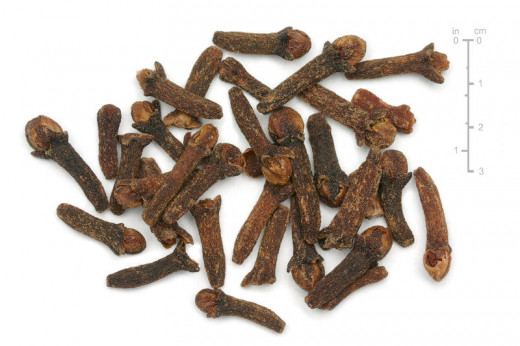
Cloves against Toothache
Cloves are dried flower buds (undeveloped flowers) of an evergreen tree in the myrtle family, Syzygium aromaticum, native to the Maluku Islands in Indonesia. They are also grown in India, Pakistan, Zanzibar, Madagascar and Sri-Lanka, and are used as a spice around the world.
The English word derives from the Latin word for nail- clavus, since the dried buds vaguely resemble nails.
Clove oil also has powerful medicinal properties and cloves also feature prominently in Indian Ayurvedic medicine. In the past it was used as treatment for toothache, and it does indeed have numbing properties when used in dentistry. It can also be used in fish keeping to anaesthetise fish, or at higher concentration as a a humane way to kill sick fish.

